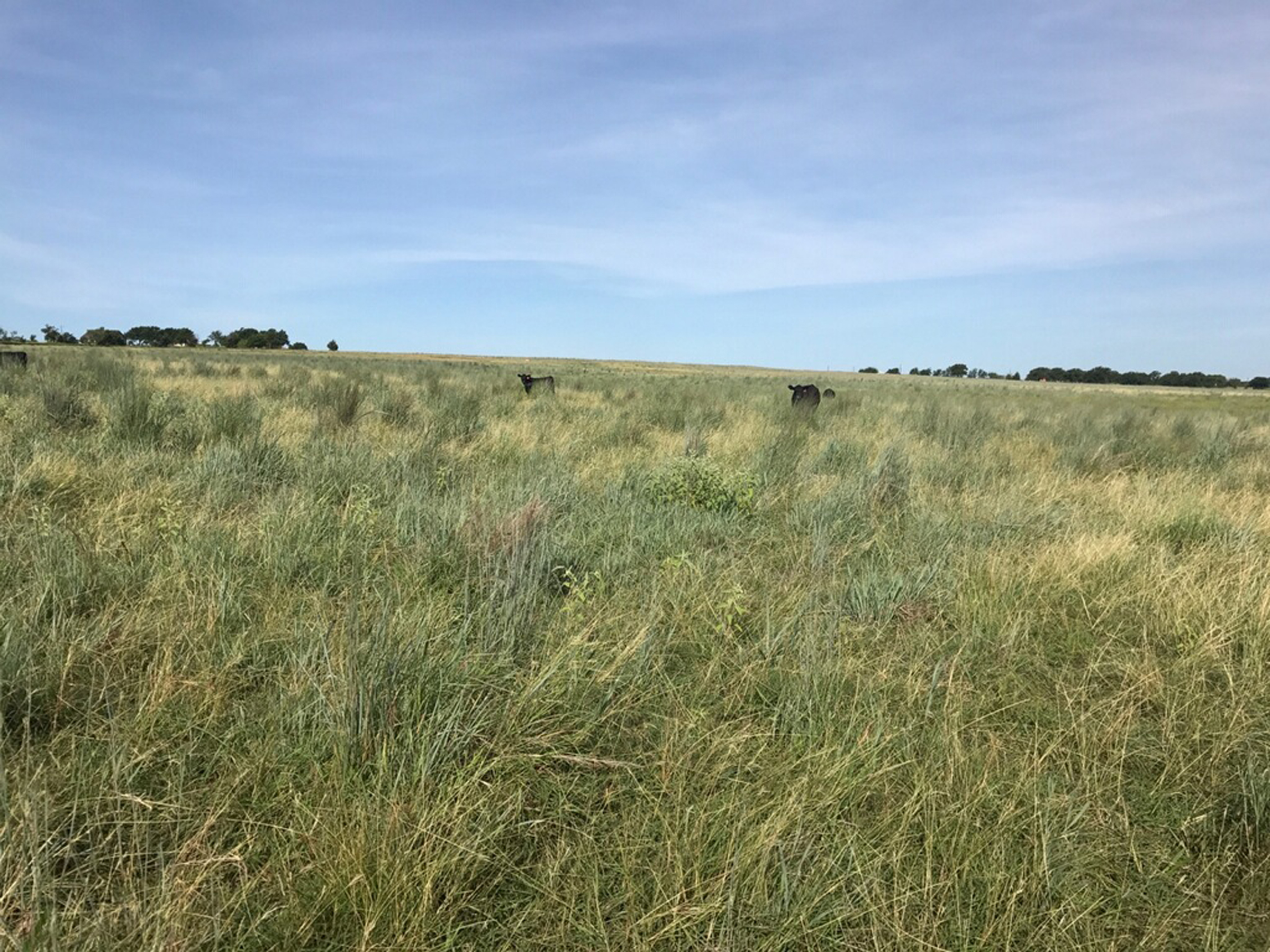Farm & Ranch
Meanwhile back at the ranch

By Rayford Pullen
Fall is upon us once again, and around here we have winter pastures, weaning spring-born calves and assessing winter needs on our mind. While winter is officially only three months long, like the other seasons, it seems as though winter is much longer due to the extra time and expense it requires to keep our cattle going and growing until spring comes a knocking again.
At our address, we had a wonderful grass year with our native grasses waist high, our cattle in great shape and our spring-born calves really turning it on. Since we rely on our native grasses as our winter hay source, at this time it looks like we will be in great shape.
We basically have a continuous grazing operation although we do defer grazing on some of our pastures each year to keep them healthy and growing.
Excess forage availability for the cattle seems to be the reason they are doing well this year. There is no cure for overgrazed pastures other than rainfall and rest, and we have certainly had our share of overgrazing the past few years during the droughts, and it certainly showed up in our lower weaning weights.
“The Time It Never Rained,” a book authored by Elmer Kelton and written about dry times in the San Angelo area, included a passage, “some areas of the state have several droughts during the summer, while others have several summers during the drought.” I know we have all learned some tough lessons that will stick with us for years to come with the availability of water for livestock and people being ranking right at the top of those lessons.
What’s ahead? Here’s my take on what’s going to happen in the next few months and years. Take it with a grain of salt and don’t bet the farm on it, but at least come up with your own thoughts and make plans accordingly.
Cattle prices will, in my opinion, recover from the lows of this past spring but may not be around too long. I believe producers will need to get options on their cattle so as not to let this opportunity slip by. Are we headed for a recession? If so, interest rates will go up and for those operating on borrowed money, our cost of production will go up and the price of cattle will retreat.
To read more pick up a copy of the September 2017 NTFR issue. To subscribe call 940-872-5922.
Farm & Ranch
Hazards of Backyard Poultry

By Barry Whitworth, DVM
Having backyard poultry is a popular agriculture enterprise. According to the United States Department of Agriculture, 0.8 percent of all households in the United States have chickens. People keep chickens for a variety of reasons with table eggs being one of the more common reasons.
Unfortunately, some of these poultry producers are not aware of the hazards that come with keeping poultry because many times they carry pathogens but appear healthy.
Chickens are carriers of several zoonotic diseases. These are diseases that can be passed from animals to humans. According to a recent survey in Pennsylvania, a majority of backyard poultry producers were aware of the dangers of avian influenza. However, this study also revealed that far fewer producers were aware of the risk of possible exposure to Salmonella and Campylobacter.
The lack of knowledge about the hazards of raising poultry likely contributes to the continued issues of Salmonella outbreaks associated with backyard poultry. In 2023, the Centers for Disease Control and Prevention reported 1,072 illnesses of Salmonella linked to backyard poultry, and 272 of those patients required hospitalization. Oklahoma reported 43 individuals with the disease.
To read more, pick up a copy of the April issue of NTFR magazine. To subscribe by mail, call 940-872-5922.
Farm & Ranch
Ag Elsewhere: Wyoming

By Tressa Lawrence
Babies are tucked away in every nook and cranny. Many ranchers across Wyoming have baby animals popping up all over this time of year.
Farm & Ranch
Ag Elsewhere: Montana

By Lindsey Monk
Another load of grain in to keep feeding the calves until the green grass can really start popping.
-

 Country Lifestyles1 year ago
Country Lifestyles1 year agoScott & Stacey Schumacher: A Growth Mindset
-

 Equine7 months ago
Equine7 months agoThe Will to Win
-

 Country Lifestyles7 years ago
Country Lifestyles7 years agoStyle Your Profile – What your style cowboy hat says about you and new trends in 2017
-

 Country Lifestyles4 years ago
Country Lifestyles4 years agoAmber Crawford, Breakaway Roper
-

 HOME7 years ago
HOME7 years agoGrazing North Texas – Wilman Lovegrass
-

 Country Lifestyles7 years ago
Country Lifestyles7 years agoDecember 2016 Profile, Rusty Riddle – The Riddle Way
-

 Country Lifestyles8 years ago
Country Lifestyles8 years agoJune 2016 Profile – The man behind the mic: Bob Tallman
-

 Outdoor9 years ago
Outdoor9 years agoButtercup or Primrose?






